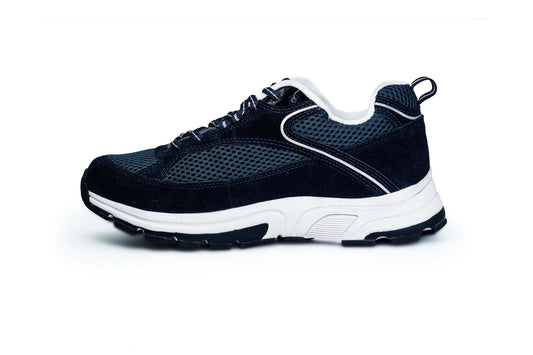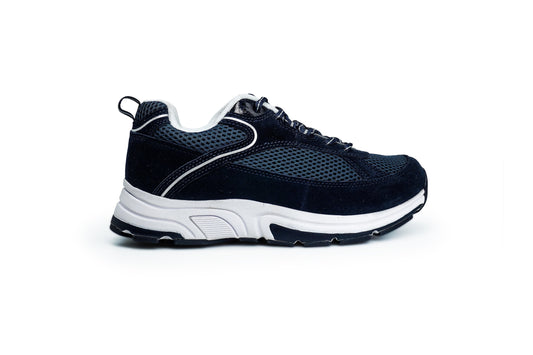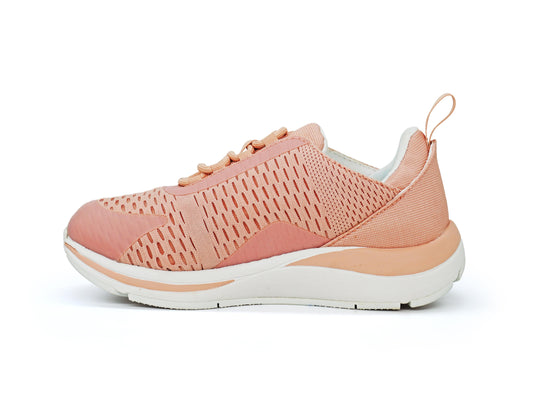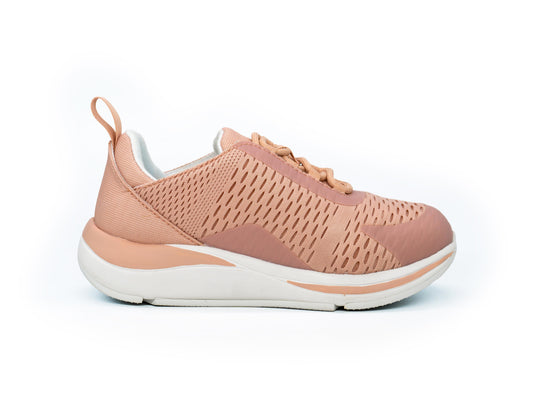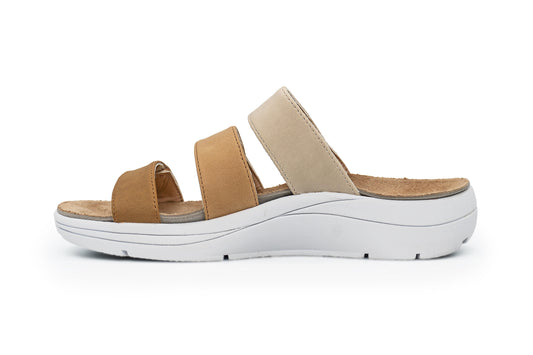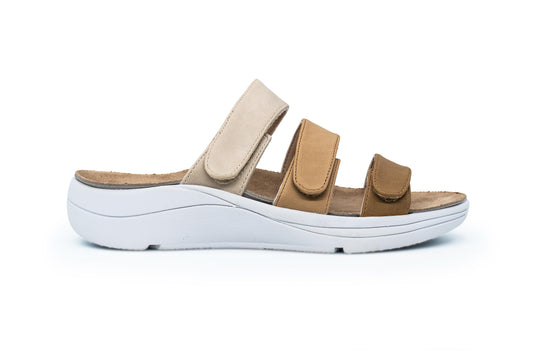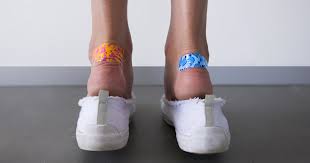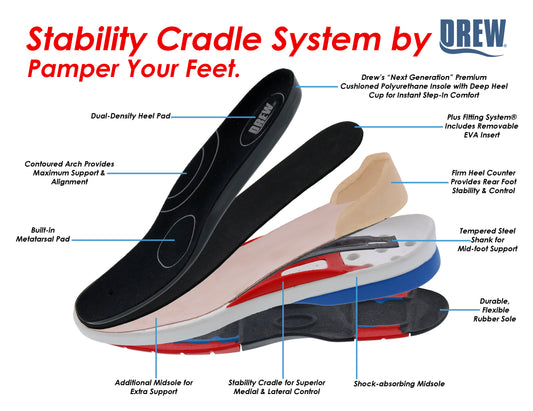SIMPLE TIPS FOR PREVENTING BLISTERS AND CHAFING FROM SHOES

Heel spurs are painful bony growths that occur on the underside of the heel bone. They typically result from a long period of pressure or strain on the feet. They typically affect people whose work or exercise involves excessive strain on their feet, such as running or standing for long hours. Heel spurs are often associated with plantar fasciitis, an inflammation of the tissue that connects the heel to the toes. Heel spurs themselves are not painful; however, when they rub against surrounding tissues, they can cause significant pain, especially during walking or standing.
The agony of heel spurs can be quite troublesome, but orthopedic shoes come to provide a solution for relief and healing. These shoes are designed to provide the necessary support, cushioning, and alignment for individuals with foot problems like heel spurs. In this article, we will discuss how orthopedic shoes can be used to manage the symptoms of heel spurs to ensure a permanent cure.

Providing cushioning and shock absorption
One of the greatest advantages orthopedic shoes have for people with heel spurs is that they are better cushioned and absorb shock. When walking or standing, the pressure on the heel of a person with a heel spur causes irritation and pain. Orthopedic shoes are made to be padded extra in the bottom and heel for the absorption of this shock so that less pressure is transferred to the affected area.
The cushioning prevents the heel from further stress while walking, as it distributes the force of each step. This relieves pain while walking and eliminates further strain on the heel, allowing it to heal faster. The shock-absorbing properties of orthopedic shoes are beneficial to people who have heel spurs because they reduce the impact of each step.
Supporting proper foot alignment
Typically, heel spurs are seen with improperly aligned feet due to flat foot conditions or other extreme conditions where feet overpronate and are excessively curled forward, resulting in uneven stress in the transfer of load across the heels. It produces pressure against this part, therefore, often prompting the forming of spurs in the process. Orthotic shoes are mainly designed to correct those abnormalities by offering proper support through arch supports while improving mechanical distribution.
Orthotics, such as contoured insoles, arch supports, and stabilizing heel cups, help correct foot positioning and prevent movements that exacerbate pain. When the feet are in a proper position, the pressure will be more evenly distributed across the foot, and stress on the heel will be lessened. With time, this can lead to relief from discomfort due to heel spurs and enhanced general function of the feet.
Relieving pressure on heels
The pressure applied by the spur to the surrounding tissues, particularly the plantar fascia, is one of the major causes of pain resulting from heel spurs. The plantar fascia is a thick band of tissue located along the bottom of the foot, connecting the heel to the toes. Irritation of this tissue by a heel spur can cause inflammation and lead to a painful condition known as plantar fasciitis.
Reducing inflammation and swelling
Heel spurs are closely associated with inflammation, as the body's natural reaction to injury or stress causes swelling in the affected area. Orthopedic shoes focus on reducing inflammation by providing proper support and cushioning, which minimizes strain on the affected heel and surrounding tissues.
Orthopedic shoes promote better blood circulation in the feet. Improved circulation can help reduce swelling and promote the body's natural healing process. Minimizing inflammation and improving comfort, orthopedic shoes are a crucial element in the management of heel spurs.
Ensuring proper gait and alignment
Many people change their gait when they have heel spurs to avoid the pain, and this often creates an unnatural walking pattern. Eventually, this will cause other parts of the body, such as the knees, hips, and lower back, to bear extra stress. Orthopedic shoes are designed to support the natural mechanics of the foot and encourage proper gait and posture.
Orthopedic shoes enable individuals to walk more naturally by providing cushioning and alignment support, thereby preventing compensatory movements that stress other joints. For heel spur sufferers, this can be especially helpful in preventing secondary problems such as knee pain, hip discomfort, or back pain from improper gait.
Accommodating foot conditions that contribute to heel spurs
Heel spurs often result from flat feet, high arches, or other foot conditions that cause excessive pronation. In general, orthopedic shoes are quite adaptable and can include the addition of more orthotic insoles for enhanced support to heal and prevent various conditions that trigger heel spurs.
For instance, those with flat feet often experience an inward rolling of the foot that places excessive pressure on the heel. Orthopedic shoes provide built-in arch support to prevent this excessive rolling, thereby relieving the stress on the heel and alleviating the pain associated with heel spurs. People with high arches may benefit from added cushioning to help distribute pressure evenly, thereby reducing the stress on the heel.
Heel spurs are among the most common painful foot conditions, causing mobility impairments and negatively impacting quality of life. Still, orthopedic shoes are helpful because they can reduce pain and promote good foot alignment and healing. This can be explained because features like cushioning, arch support, and pressure relief in orthopedic shoes contribute to effective relief for individuals suffering from heel spurs. By wearing the proper footwear, one can minimize discomfort and further damage, leading to more active and pain-free living.
Take the Next Step Towards Comfort and Care
Discover the perfect balance of support, style, and expert guidance for your feet. Explore our collection of orthopedic and diabetic shoes designed to keep you moving with ease.
Start your journey to happy, healthy feet today!
Visit us at DiabeticShoe for more tips, insights, and footwear solutions.
Stay Connected:
Follow us on Facebook, Instagram, YouTube, LinkedIn, Twitter, Pinterest, and Quora for updates, advice, and more informative content.

